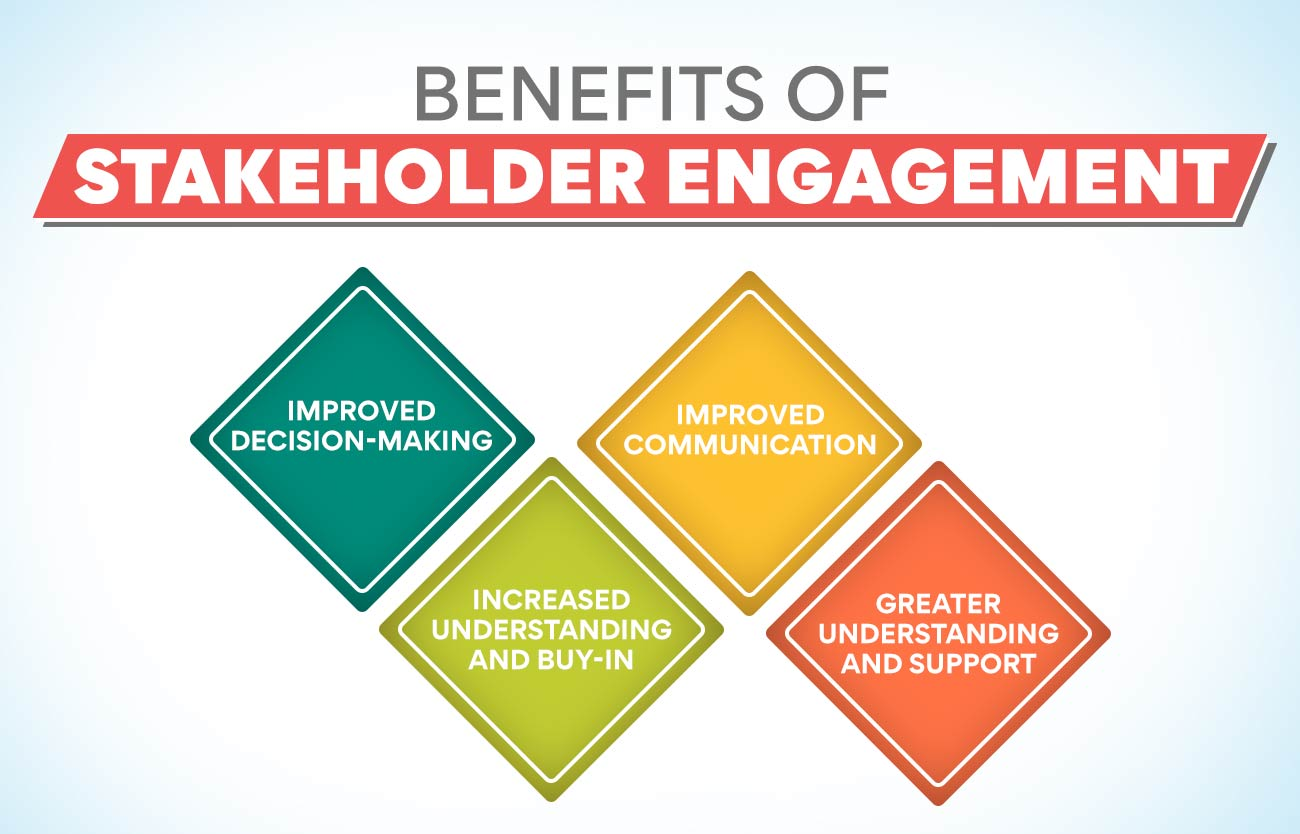Enhanced Stakeholder Engagement Strategies in Business Architecture
Enhanced Stakeholder Engagement Strategies in Business Architecture

Introduction
Engaging stakeholders effectively ranks high in the priorities of crafting an impactful business architecture. The role of the architect transcends merely cataloging demands; it involves a deep dive into the myriad wants, urgencies, and viewpoints of each party. This entails not just cursory interactions but active listening with empathy and cultivating a foundation of trust.
- Importance: Engaging stakeholders is crucial for success.
- Objective: To understand stakeholders at a deeper level.
- Method: Active listening and trust-building.
The Initial Challenge
Embarking on my journey as a business architect within the bustling realm of a major financial services firm, I was acutely aware that the buy-in from stakeholders was a cornerstone of our prospective achievements. Yet, the true complexity of harmonizing the multifaceted interests of diverse groups and spurring substantial engagement eluded me initially.
- Complexity: Uniting various stakeholders can be an intricate task.
- Challenges: Navigating time constraints, existing discord, and fixed mindsets.
In the nascent stages, my strategy entailed coordinating meetings and disseminating documents, anticipating constructive critiques. However, the feedback was scant, and communication often misaligned. A more hands-on approach to relationship cultivation became evidently essential for genuine cooperation.
Building Relationships

Consequently, I pivoted towards immersing myself in the environment of various departments, initiating dialogues to delve into the specific concerns and challenges of each stakeholder.
- Strategy: Engaging in personal discussions to understand individual concerns.
- Approach: Using open-ended inquiries to grasp daily hurdles and stressors.
These exchanges were not immediately centered on architectural concepts but rather on listening attentively to daily operational struggles and the issues that hindered their peace of mind. The stakeholders, feeling heard, were more inclined to voice their vexations. Through meticulous note-taking, I identified overlapping concerns that would later become pillars for our collective efforts, providing critical insight that informed our subsequent engagement tactics.
Collaborative Workshops
Having laid the groundwork for trust, stakeholders demonstrated a newfound readiness to partake in workshops, directly contributing to the formulation of our target architecture.
- Focus: Emphasizing collective problem-solving rather than dictating solutions.
- Result: Enhanced stakeholder buy-in and interdepartmental cooperation.
I tailored the discourse to resonate with each group’s interests, resulting in a significant surge in engagement levels. This convergence of diverse departments sparked novel collaborations and dismantled existing silos.
Continuous Engagement
A pivotal realization was that engagement is not a singular event but a process that requires ongoing cultivation.
- Practice: Regular updates and feedback loops to maintain alignment.
- Personal touch: Expressing gratitude through personalized communications.
I championed the concept of stakeholders as co-creators in our architectural journey rather than mere recipients of IT directives, engendering a collective sense of ownership that has proven invaluable.

Reflections and Outcomes
In retrospect, the once-daunting task of unifying disparate groups has morphed into one of the most gratifying elements of my professional sphere. By investing the time to truly connect with each stakeholder, pinpointing mutual interests, and conversing in their vernacular, we’ve cultivated an enduring synergy that bolsters our business architecture endeavors.
- Engagement: A continuous, rewarding effort that yields substantial benefits.
- Benefits: Elevated performance, superior decision-making, and innovation.
The journey of engagement, while demanding unwavering dedication, reaps rich rewards in the form of stronger outcomes and collaborative innovation. For any business architect, placing stakeholder buy-in at the forefront is a guiding principle.